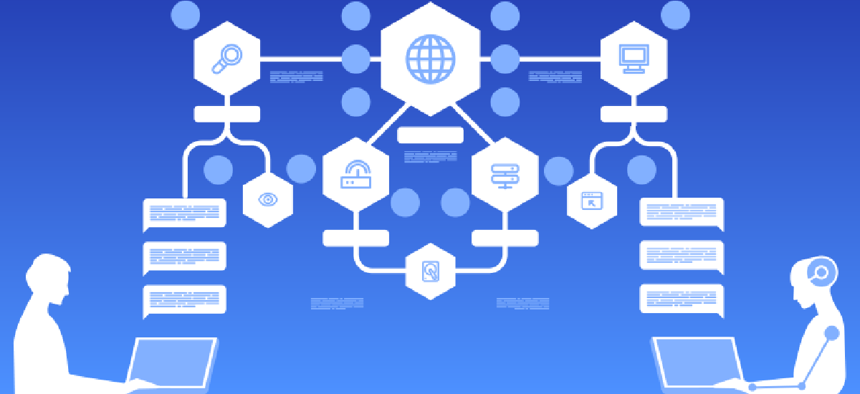4 ways AI can make the public safer

From improving emergency response time, to tracking epidemics and money laundering, artificial intelligence can play an increasingly vital role in keeping the public safe.
Despite dire predictions about the dangers to humankind from unbounded artificial intelligence, many experts are predicting that AI will in fact facilitate dramatic improvements in a variety of industries. Like any technology, sophisticated AI can be used for good or ill, but there are a number of ways AI can play an increasingly vital role in making the public safer in the years to come.
Here are just four examples:
1. Accelerating response times of emergency vehicles
By applying AI algorithms to mass-scale data on emergency calls, public safety agencies can predict when and where emergency vehicles -- ambulances, firetrucks and police cruisers -- are most likely to be needed. This information can support resource deployment to increase the chances of an emergency responder being in the right place at the right time when every second counts.
Early pilot programs have proved promising. The Nevada Highway Patrol recently worked with Israeli startup Waycare on a program to improve the patrol’s response times, leveraging AI to optimize traffic management. Officials reported a 12 percent improvement in highway patrol response times, while the state saw a 23 percent decline in secondary collisions due to improved management of traffic near accident scenes.
2. Creating a smarter approach to public health
To help public health agencies rapidly identify emerging epidemics, AI technology can be a game-changer. An AI-trained model can analyzes hospital data around past outbreaks of disease and look for patterns that can indicate a developing public health event. Taken a step further, AI technology can quickly identify the source of a contamination by spotting any links among individuals sickened in an epidemic. Research published by the National Institutes of Health found that one AI-driven system was able to predict spikes in U.S. flu cases up to three weeks before they occurred, enabling public health authorities to optimize planning and response.
3. Cutting off funds to terrorists and drug cartels
AI is capable of scanning thousands of pages of financial records and flagging transactions that indicate money laundering by terror organizations, drug cartels or criminal enterprises. An AI model can be trained to look for signs of illicit financial activity based on previous known cases. On a broader scale, AI applied to this domain can identify which regions or banks are being exploited to facilitate financial crime. Equipping investigators with tools to better “follow the money” can help cut off the financial lifelines that allow violent and extremist groups to flourish.
4. Connecting our cars to the world around us
It will probably be years before the majority of our cars are self-driving, but AI is already being integrated into today’s vehicles as they become ever more connected. The technology has spawned an array of features that are already making driving safer.
For example, AI-enabled sensors can be deployed to alert drivers to sudden changes that the naked (not to mention often-distracted) eye may miss, such as an object in the road or another vehicle in a driver’s blind spot. Some of today’s cars are even connected to traffic signals and feature dashboards that let drivers know when lights will change, thus helping prevent traffic violations and dangerous situations. With other vehicle-to-vehicle communications systems cars can alert nearby vehicles of an accident, giving following cars time to activating the brakes and avoid further pile ups.
Realizing the full potential of AI will require further developments in the technology itself and should, of course, be accompanied by robust public debate about its application to ensure it is harnessed for the public benefit. But while technological advancement inevitably entails some getting used to, for those who seek a safer and healthier future, AI can indeed act as a force for enormous good.
NEXT STORY: The Very Good Math of Electric Buses





